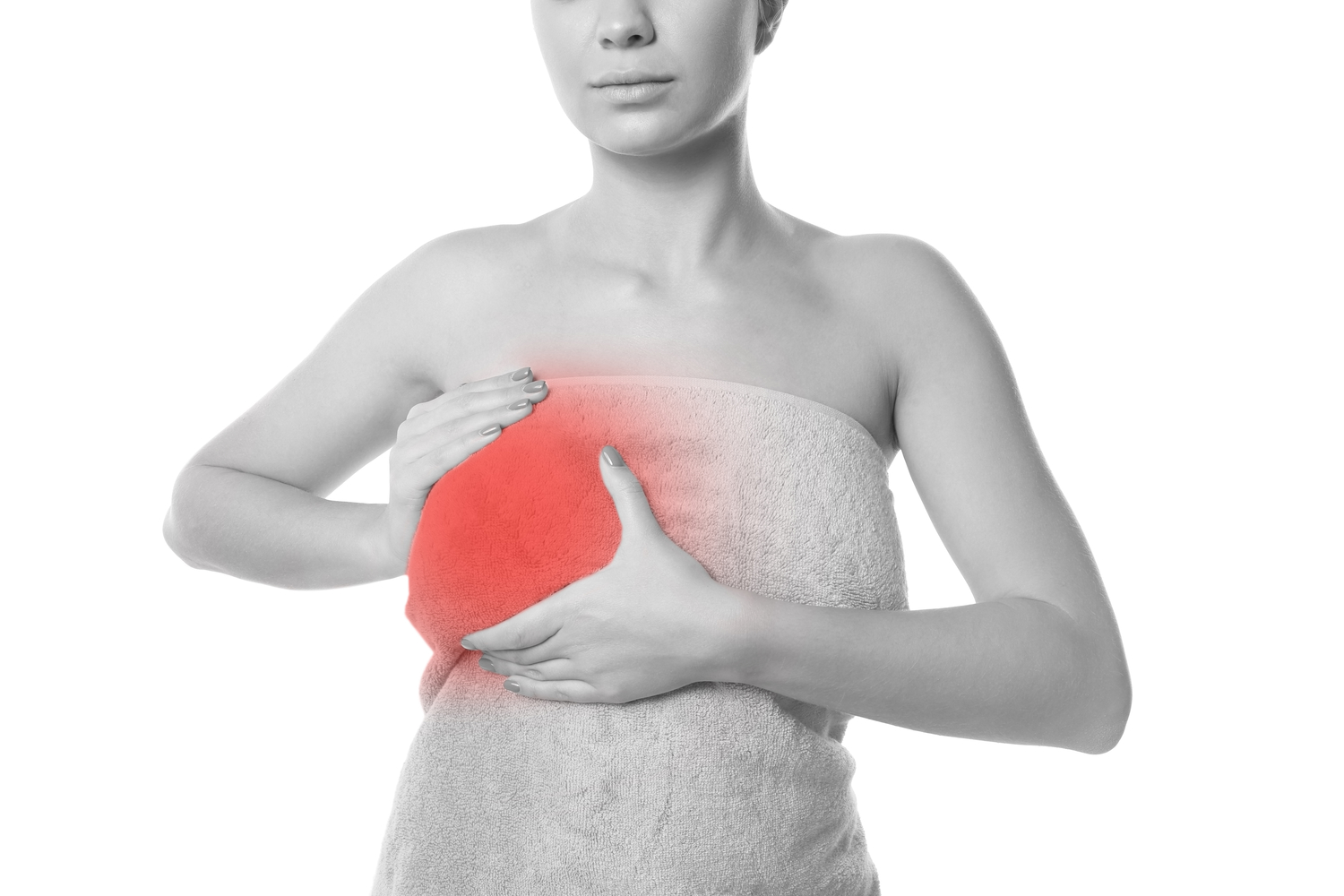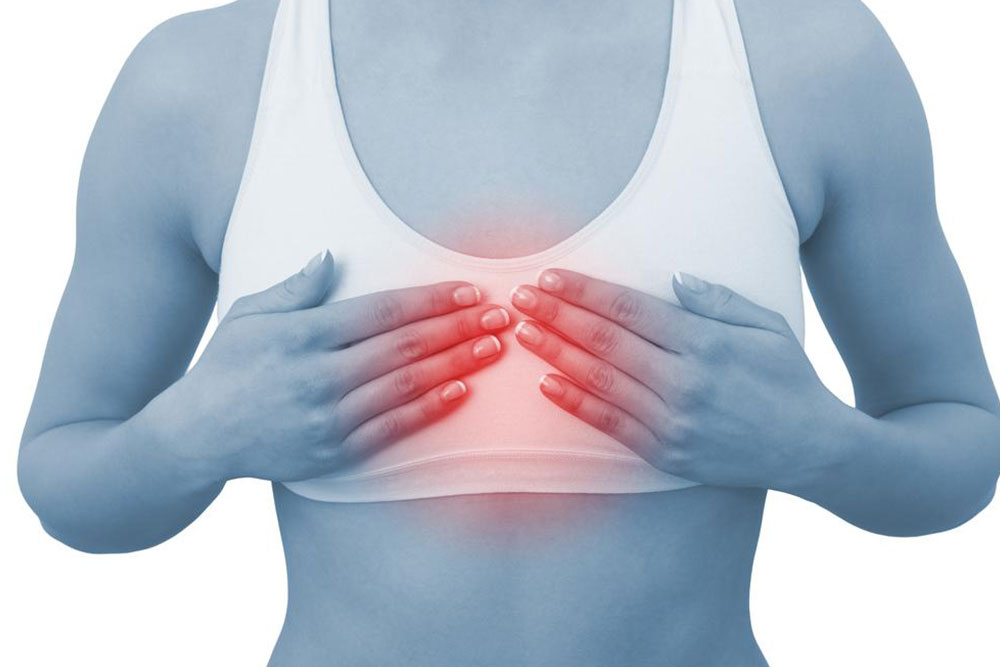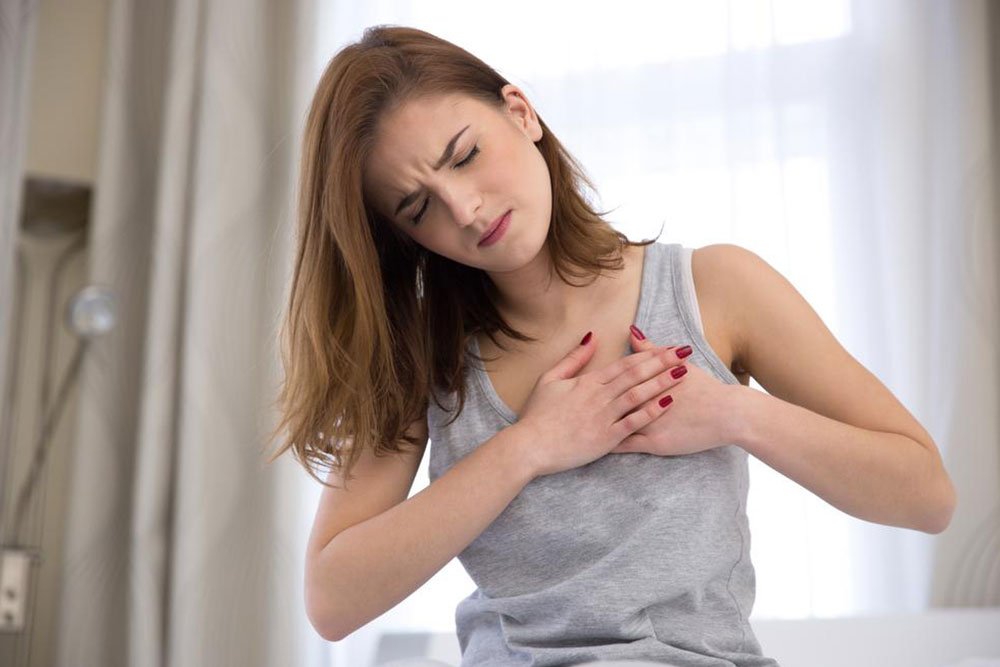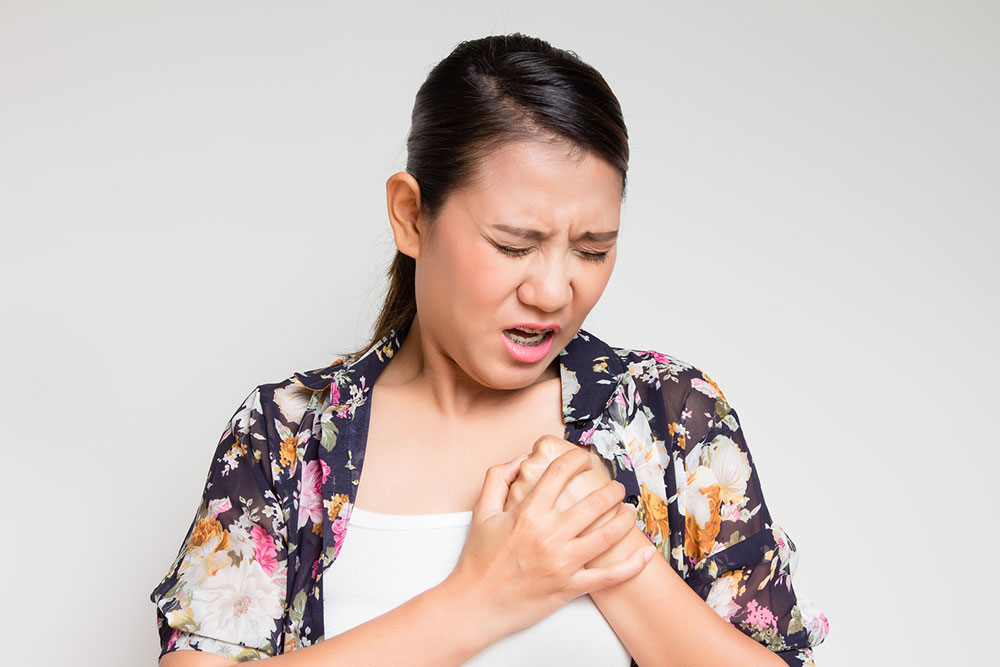Comprehensive Guide to Managing Breast Discomfort: Causes, Symptoms, Diagnoses, and Treatment Strategies
This comprehensive guide explores the causes, symptoms, diagnosis, and treatments for breast discomfort, emphasizing the importance of proper management and when to seek medical advice. It offers practical tips and medical insights, helping women understand and effectively address this common issue for better breast health and comfort.

Comprehensive Guide to Managing Breast Discomfort: Causes, Symptoms, Diagnoses, and Treatment Strategies
Understanding breast discomfort and its impact Breast discomfort, medically termed mastalgia, is a widespread issue affecting women worldwide. It ranges from mild tenderness to severe, persistent pain, and can be a source of significant worry and discomfort. Many women experience these symptoms cyclically, often around their menstrual periods, while others may encounter ongoing discomfort unrelated to their menstrual cycle. This variability can make diagnosis and management challenging but understanding the underlying causes is key.
In this detailed guide, we explore the various causes of breast discomfort, including hormonal fluctuations, infections, trauma, and other medical conditions. We also discuss how to recognize symptoms, distinguish between different types of pain, and explore diagnostic and treatment options, both medical and home-based, to help women effectively manage their symptoms and improve their wellbeing.
Common causes of breast discomfort include:
Hormonal fluctuations, especially during menstrual cycles, leading to water retention and tissue sensitivity
Infections such as mastitis, which involve inflammation of breast tissue
Trauma or injury resulting from surgeries, biopsies, or accidents
Breastfeeding-related soreness and tenderness
Benign breast cysts, which are non-cancerous fluid-filled sacs
Use of certain medications, including hormonal contraceptives, steroids, and psychiatric drugs
Hormone therapy that involves estrogen and progesterone, which can influence breast tissue
Costochondritis, an inflammation of the rib cartilage that can simulate breast pain
Ill-fitting bras that cause compression or irritation
Differentiating types of breast discomfort
Cyclical pain: Related to menstrual cycle changes, typically dull or heavy, often resolving after menstruation.
Non-cyclical pain: Occurs independently of hormonal cycles, often persistent and affecting postmenopausal women, described as burning, stabbing, or tight sensations in one or both breasts.
Recognizing symptoms of breast discomfort
Swelling or engorgement in the breasts
Nipple discharge, which may be clear, bloody, or yellowish
Persistent tenderness or tightness in breast tissue
Palpable lumps or thickened areas in the breast tissue
Redness, warmth, or inflammation indicating possible infection
Pre-menstrual soreness that subsides after the period ends
Understanding extramammary pain
Pain originating outside the breast but perceived in the breast region, such as chest wall pain, muscle strain, or nerve irritation from conditions like intercostal neuralgia or cardiac issues, that can mimic breast pain.
When to seek medical advice
If discomfort persists beyond one week or worsens over time
If sudden or new lumps appear, or if existing lumps enlarge
If pain is associated with systemic symptoms like fever, unexplained weight loss, or skin changes
If pain interferes with daily activities or causes significant distress
Diagnostic procedures for breast discomfort
Physical examination by a healthcare provider, inspecting for lumps, swelling, skin changes, and nipple abnormalities
Imaging tests such as mammograms for women over 40 or those with risk factors, and ultrasounds for younger women or specific concerns
Biopsy procedures, including fine-needle aspiration or core biopsy, for tissue analysis if suspicious masses are identified
Management and treatment options
Many cases of breast discomfort resolve naturally without medication, especially if related to hormonal changes
Use of antibiotics or anti-inflammatory drugs when infections or swelling are present
Surgical removal of cysts, benign tumors, or suspicious lesions may be necessary in some cases
Hormonal regulation and lifestyle modifications can also contribute to symptom relief
Home remedies and lifestyle tips for relief
Applying warm or cold compresses to alleviate pain or swelling
Wearing properly fitted, supportive bras to reduce tissue strain
Engaging in stress reduction techniques such as meditation, yoga, or hobbies to decrease pain exacerbated by stress
Maintaining a healthy diet and regular exercise routine to support overall breast health
In conclusion, breast discomfort is a common health issue with multiple potential causes. Recognizing the symptoms, understanding the differences between cyclical and non-cyclical pain, and seeking appropriate diagnosis and treatment can significantly improve quality of life. Women are encouraged to consult healthcare providers for persistent or concerning symptoms and adopt healthy lifestyle habits for ongoing relief and prevention.





